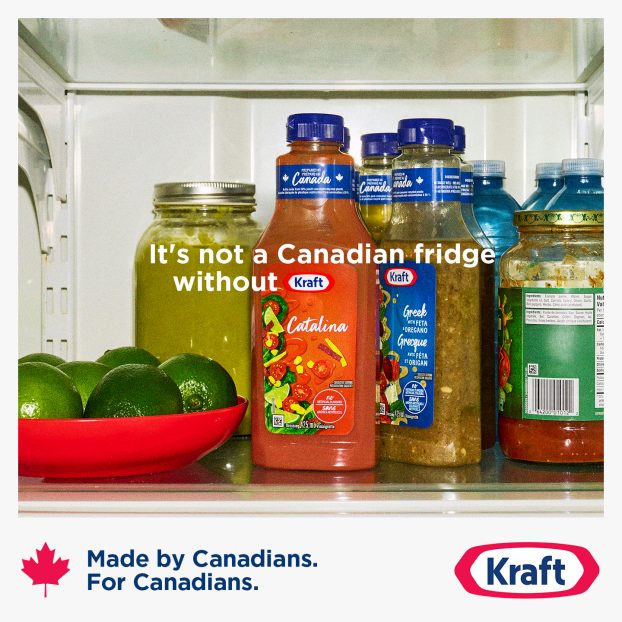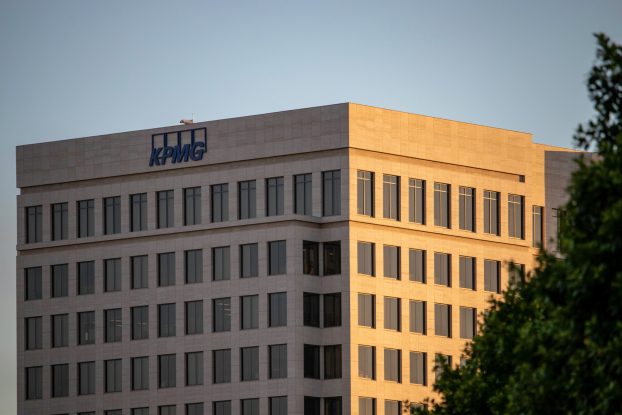The frenetic merger activity that seized marketers in the 1980s has yet to let go in the quest for ‘economies of scale’ and ‘competitive position.’ It’s not always an equal trade for the partners invited to the table, and as a result there can be some contention about which brand should dominate. For agencies, there’s the anxiety that an account may be lost as client faces and direction change.
In March, Labatt had just come through the merger of its parent company, Interbrew, with Brazilian giant Ambev (creating the largest beer maker in the world, Inbev) and the fate of various brands has since come up. ‘We do wrestle with that somewhat,’ says Andrew Howard, senior director of marketing at Toronto-based Labatt. ‘For our global brands [Stella Artois and Beck’s], we try to do as much as we can globally and we have input into it. We sit on a committee to help to drive it, but there’s going to be compromises made around the world.’
Howard says Inbev is pursuing a strategy of looking for best practices culled from its VP marketings across the world and then mandating these for everyone. ‘One thing that’s great is if you figure out how to access best practices, thinking, and people, it can be really powerful,’ he says.
Marc Stoiber, VP, ECD of Vancouver-based Grey Worldwide, says the agency’s role is to show each side in a merger what they have in common and how a new marketing platform can be developed from that. Stoiber should know. He presided over marketing for AIM Trimark, the spawn of AIM Mutual Funds and Trimark Mutual Funds, and also of merged pharmaceutical giant GlaxoSmithKline.
SURVEY SAYS!
‘The smart thing to do is not pitch them with a whole new direction,’ says Stoiber. ‘They’re starting a relationship with a new partner, they don’t quite know what that partner is all about and they’re all very insecure. When the merger happens and the dust has cleared the agency should try and help the client discover what it stands for.’























